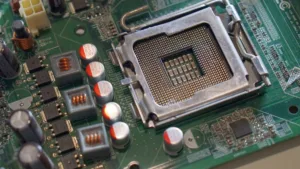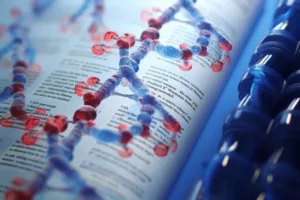Welcome to our comprehensive guide on aminotridekan, a fascinating molecule that has captured the attention of scientists and researchers worldwide. In this article, we will delve into the intricate details of aminotridekan, its properties, potential applications, and its significance in various fields.
The nature of aminotridekan
Aminotridekan, also known as ATDK, is a remarkable molecule composed of carbon, hydrogen, oxygen, and nitrogen atoms intricately arranged in a specific structure. This molecule’s distinctive arrangement sets it apart from other compounds, contributing to its intriguing properties and potential applications.
Structural marvel
The structure of aminotridekan is characterized by a chain of atoms arranged in a cyclic formation. This unique configuration results in exceptional stability and interesting electronic properties. The cyclic arrangement allows aminotridekan to interact with other molecules in distinct ways, making it a subject of great interest for researchers exploring novel materials and chemical reactions.
Potential applications
The properties of aminotridekan open up a world of possibilities for various applications across different fields:
- Materials Science: Aminotridekan’s unique structure makes it a potential building block for advanced materials with tailored properties. Researchers are investigating its incorporation into polymers, coatings, and nanomaterials to enhance strength, conductivity, and more.
- Medicine: Preliminary studies suggest that aminotridekan derivatives could exhibit biological activity. This has sparked interest in potential pharmaceutical applications, from drug delivery to the development of therapeutic agents.
- Nanotechnology: Aminotridekan’s intricate structure lends itself to the world of nanotechnology. Scientists are exploring its use in nanoscale devices, sensors, and even quantum computing components.
Challenges and future prospects
While aminotridekan holds immense promise, its synthesis and manipulation present challenges. Its complex structure demands innovative synthetic approaches, which researchers are actively working on to unlock its full potential. As our understanding of this molecule deepens, we can anticipate breakthroughs that will drive its applications even further.
FAQs (Frequently Asked Questions)
Q: What makes aminotridekan unique?
A: Aminotridekan’s distinctive cyclic arrangement of atoms sets it apart from conventional molecules, granting it exceptional properties and potential applications.
Q: How is aminotridekan synthesized?
A: Aminotridekan synthesis involves intricate chemical reactions that require advanced techniques. Researchers are continually refining synthetic methods to improve yield and efficiency.
Q: What are the potential benefits in medicine?
A: While still in the early stages of research, aminotridekan derivatives could offer new avenues for drug development and targeted drug delivery due to their unique interactions with biological systems.
Q: How does aminotridekan contribute to nanotechnology?
A: Aminotridekan’s complex structure makes it a promising candidate for various nanotechnological applications, including the creation of nanoscale devices and components for emerging technologies.
Q: What lies ahead for aminotridekan research?
A: The future of aminotridekan research holds exciting possibilities. Scientists are dedicated to refining its synthesis, uncovering new applications, and expanding our understanding of its behavior.
As we conclude our journey into the realm of aminotridekan, we are reminded of the boundless potential that this molecule holds. Its unique structure and properties continue to inspire researchers to explore new horizons and redefine what is possible in science and technology.
Viz také:






